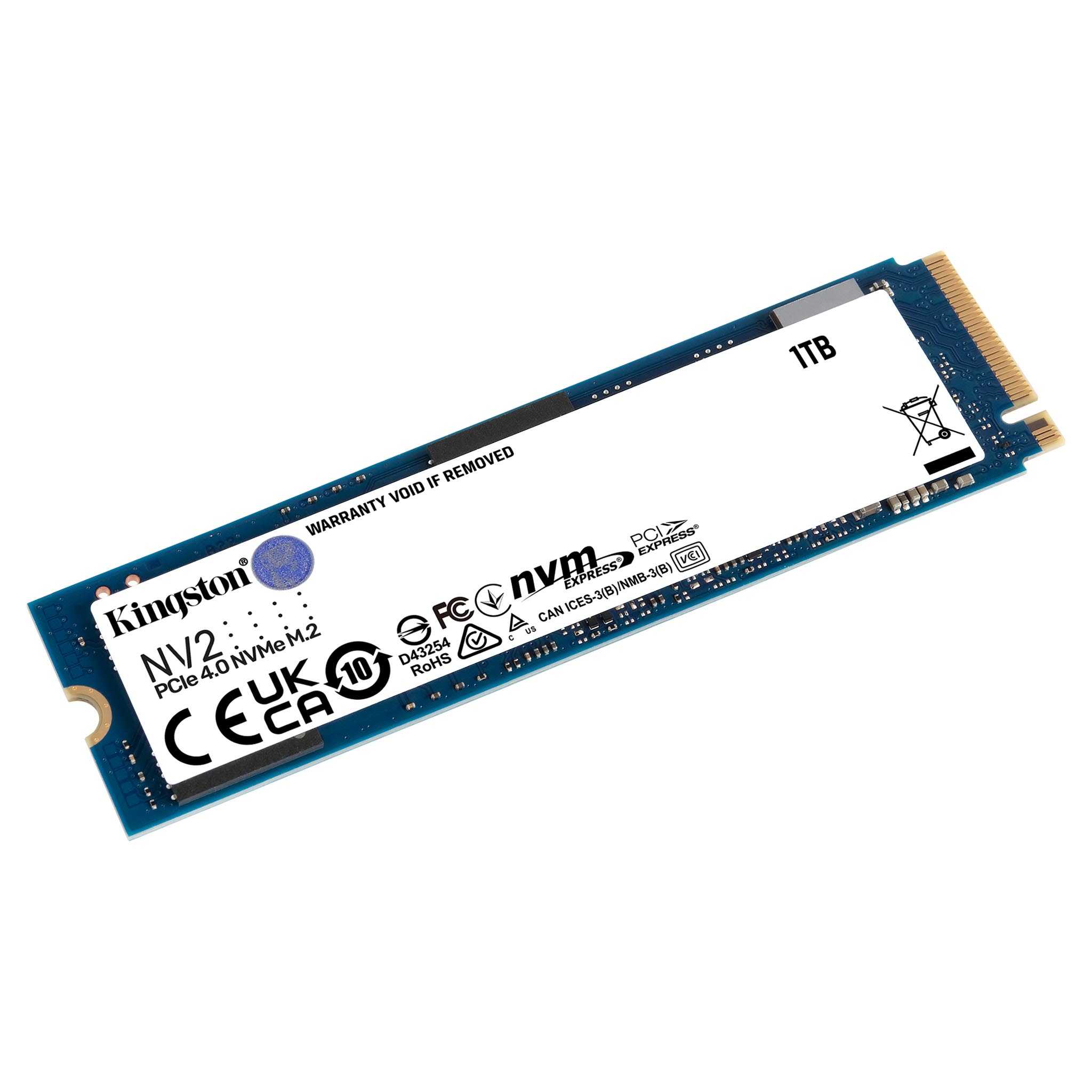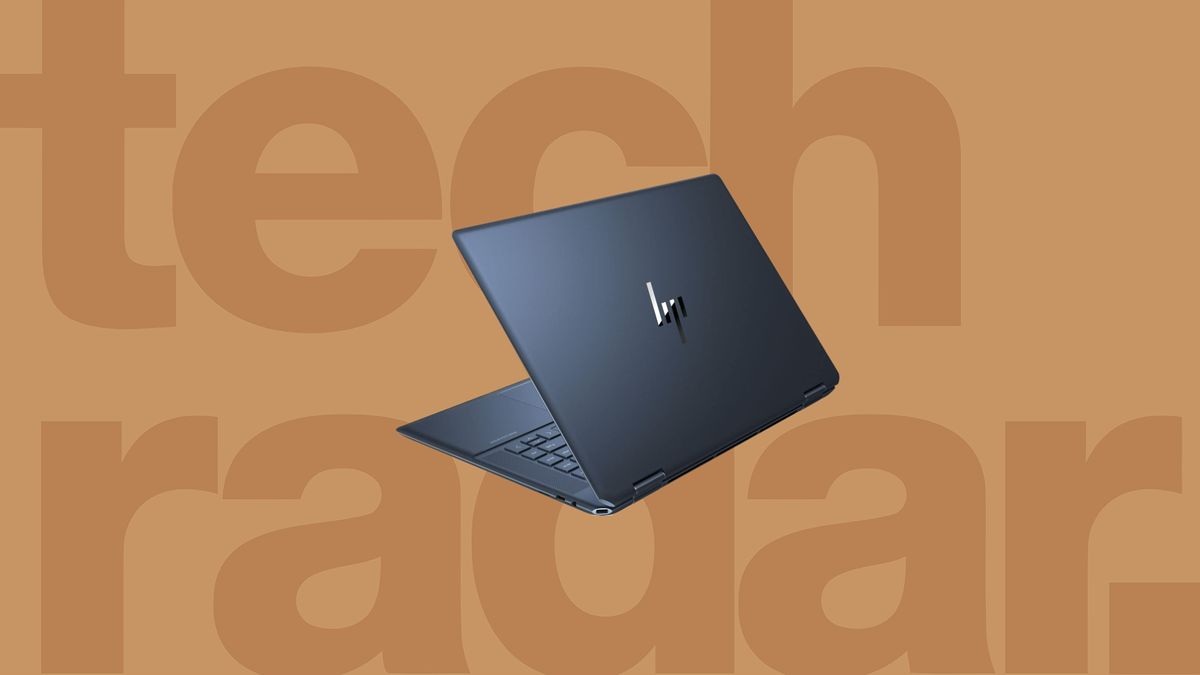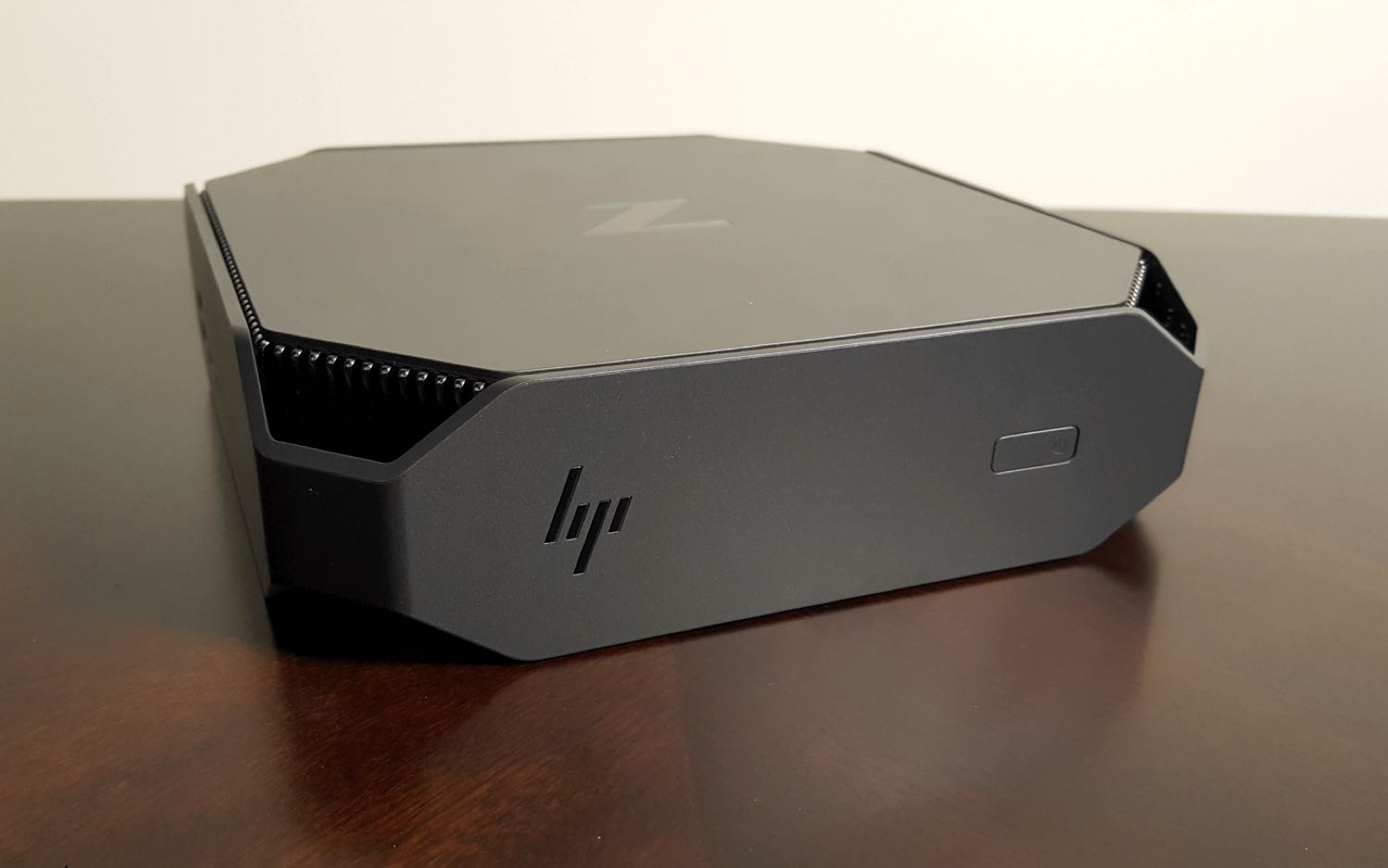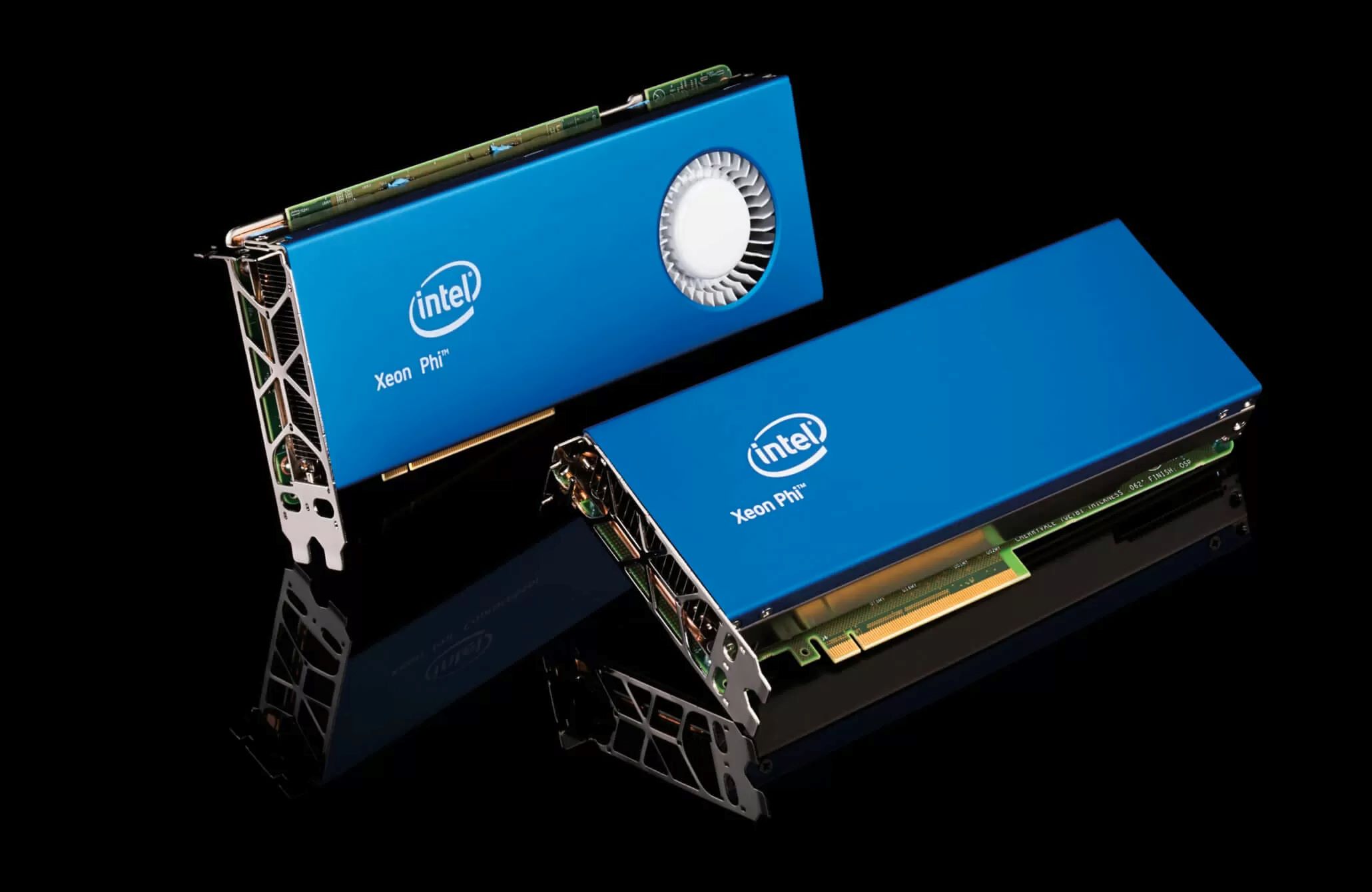Introduction
With the constant advancements in technology, the amount of data we accumulate and store continues to grow exponentially. As a result, the demand for high-capacity storage drives that offer fast and efficient performance is on the rise. Two popular terms that often come up in discussions surrounding storage options are “512GB SSD” and “32GB Optane”. But what do these terms actually mean, and why should they matter to you?
Firstly, it’s important to understand that SSD stands for Solid State Drive, while Optane refers to Intel’s Optane memory technology. SSDs are a type of storage device that uses flash memory to store data, providing faster read and write speeds compared to traditional hard disk drives (HDDs). On the other hand, Optane memory is a caching technology that enhances the performance of traditional HDDs by accelerating data access and reducing latency.
Now let’s delve into the specifics of a 512GB SSD. This figure represents the storage capacity of the drive, with 512GB being equal to 512 gigabytes. To put this into perspective, it is equivalent to storing hundreds of thousands of documents, thousands of high-resolution photos, or dozens of HD movies. The ample storage capacity makes a 512GB SSD ideal for individuals who require a large amount of space to store their personal files, applications, and games.
On the other hand, the 32GB Optane component complements the SSD by providing an additional boost to performance. Acting as a cache, the Optane memory learns your usage patterns and stores frequently accessed data, effectively reducing loading times and enhancing overall system responsiveness. This combination of SSD and Optane technology provides a seamless and efficient computing experience for tasks that require fast data retrieval, such as gaming, video editing, and complex software applications.
Now that we have a basic understanding of what a 512GB SSD and 32GB Optane mean, let’s explore the benefits of utilizing this storage configuration and how it compares to other options on the market.
Understanding SSD and Optane
Before we dive into the specifics, let’s first gain a better understanding of SSD and Optane technologies.
SSD, which stands for Solid State Drive, is a type of storage device that uses flash memory to store data. Unlike traditional hard disk drives (HDDs) that rely on spinning disks and moving parts, SSDs have no moving mechanical components. This makes them faster, more durable, and less prone to physical damage.
On the other hand, Optane memory refers to Intel’s innovative caching technology that accelerates data access and reduces latency. It acts as a bridge between the SSD and the system’s memory, providing a boost in performance by caching frequently accessed data. By learning your usage patterns, Optane memory anticipates your data needs and delivers them swiftly, resulting in improved overall system responsiveness.
One of the significant advantages of SSD technology is its faster read and write speeds compared to HDDs. This means that data can be accessed and transferred at a much higher rate, resulting in quicker boot times, faster program and file loading, and seamless multitasking. SSDs also excel in random read and write operations, making them ideal for tasks that involve accessing numerous small files, such as operating system operations or database management.
While SSDs offer impressive performance, the addition of Optane memory takes it to the next level. By using intelligent caching algorithms, Optane memory analyzes your usage patterns and stores frequently accessed data for faster retrieval. This translates into reduced waiting times for applications to load, improved system startup times, and quicker file access. Optane memory effectively enhances the overall performance of your system, making it more efficient and responsive.
It is important to note that Optane memory is not a replacement for SSD, but rather an enhancement to its capabilities. When paired with an SSD, Optane memory optimizes the performance by acting as a cache that intelligently stores and retrieves frequently used data. This combination allows for a more seamless and efficient computing experience, particularly for tasks that require fast data access and retrieval.
In the next sections, we will explore the specific features and benefits of a 512GB SSD with 32GB Optane configuration, how it compares to other storage options, and important considerations to keep in mind when choosing such a setup.
What is 512GB SSD?
A 512GB SSD, also known as a 512-gigabyte Solid State Drive, is a storage device that offers a significant amount of storage capacity in a compact form factor. SSDs use flash memory technology to store data, providing faster read and write speeds compared to traditional hard disk drives (HDDs) that rely on spinning disks and moving parts.
The 512GB capacity refers to the amount of data that can be stored on the drive. In this case, 512GB is equivalent to 512 gigabytes, which is a considerable amount of storage space. To put it into perspective, you can store hundreds of thousands of documents, thousands of high-resolution photos, or dozens of HD movies on a 512GB SSD.
What sets SSDs apart from HDDs is their lack of moving mechanical components. Without spinning disks, SSDs have faster access times and can transfer data at a much higher rate. This means that data stored on a 512GB SSD can be accessed and retrieved more quickly, resulting in reduced loading times and improved overall system responsiveness.
A 512GB SSD is an excellent choice for individuals who require ample storage space for their personal files, applications, and media. It provides enough capacity to accommodate a wide range of needs, including storing large media files like videos and photos, software installations, and even virtual machines.
Furthermore, a 512GB SSD offers several benefits beyond its storage capacity. SSDs are more resistant to physical damage due to their lack of moving parts, making them more reliable and durable. They also generate less heat and produce no noise, contributing to a quieter and cooler computing environment. Additionally, SSDs consume less power than HDDs, which can lead to longer battery life for laptops and lower energy costs for desktop computers.
In summary, a 512GB SSD is a high-capacity storage device that provides fast read and write speeds, durability, and efficiency. Its ample storage space makes it suitable for individuals who require a significant amount of storage for their digital files, while its SSD technology ensures rapid data access and enhanced system performance.
What is 32GB Optane?
32GB Optane refers to Intel’s Optane memory technology in a 32-gigabyte configuration. Optane memory is a caching technology that works alongside traditional storage devices, such as hard disk drives (HDDs) or solid-state drives (SSDs), to improve system performance and responsiveness.
Optane memory acts as a bridge between the storage device and the system’s memory, providing a high-speed cache for frequently accessed data. By learning your usage patterns over time, Optane memory predicts the data you are likely to access and stores it in its cache for faster retrieval.
With a 32GB capacity, Optane memory offers ample space to store frequently used data. This includes frequently accessed applications, files, and even parts of the operating system. By keeping this data readily available in its cache, Optane memory significantly reduces loading times and improves overall system responsiveness.
One of the key advantages of Optane memory is its ability to prioritize frequently accessed data. It ensures that the most commonly used applications and files are stored in its cache for instant access. This means that tasks such as launching applications, opening files, and switching between programs become faster and more seamless.
Furthermore, Optane memory’s intelligent caching algorithms continuously analyze your data usage patterns and adapt to your changing needs. This means that as your usage patterns evolve, Optane memory automatically adjusts its cache to optimize the performance of your system.
In terms of compatibility, Optane memory can be used in conjunction with various storage configurations, including HDDs and SSDs. It complements the storage device by providing an additional layer of speed and efficiency. Whether you have a traditional HDD or a modern SSD, adding Optane memory can greatly enhance the overall system performance.
It is worth noting that Optane memory is designed to work in conjunction with the primary storage device and cannot be used as standalone storage. Its purpose is to accelerate data access for frequently used files, while the primary storage device provides the overall storage capacity.
In summary, 32GB Optane is Intel’s caching technology that enhances system performance by accelerating data access. With its intelligent caching algorithms and capacity to store frequently accessed data, Optane memory reduces loading times, improves application responsiveness, and provides an overall smoother computing experience.
Benefits of a 512GB SSD with 32GB Optane
The combination of a 512GB SSD with 32GB Optane offers numerous benefits that enhance storage capacity, speed, and overall system performance.
Firstly, the 512GB SSD provides ample storage space to accommodate a wide range of data, including large files, applications, and media. Whether you’re a professional content creator, a gamer with an extensive library, or a power user with demanding software requirements, the 512GB capacity ensures that you have sufficient room to store your files and applications without having to worry about running out of space.
With the addition of 32GB Optane memory, the overall performance of the system receives a significant boost. Optane memory acts as a cache, storing frequently accessed data and accelerating its retrieval. This results in faster load times for applications, quicker access to files, and improved overall system responsiveness.
One of the key advantages of combining an SSD with Optane memory is the seamless integration of fast storage and intelligent caching. The SSD provides lightning-fast read and write speeds, allowing for rapid data access, while Optane memory intelligently predicts and stores frequently accessed data. Together, they create a powerful and efficient storage solution that ensures a smooth and responsive user experience.
Another notable benefit is the enhanced multitasking capabilities. With a 512GB SSD and 32GB Optane, you can run multiple applications simultaneously without experiencing slowdowns or performance bottlenecks. The fast data access and retrieval provided by the SSD and Optane memory allow for seamless multitasking, even with resource-intensive tasks such as video editing or running complex software applications.
In addition to the performance benefits, the combination of a 512GB SSD with 32GB Optane also offers improved reliability and durability. SSDs, with their lack of moving mechanical parts, are more resistant to physical damage compared to traditional HDDs. This makes them more reliable for storing important data and reduces the risk of data loss due to physical shock or impact.
Furthermore, the power efficiency of SSDs and Optane memory contributes to longer battery life for laptops and lower energy consumption for desktop computers. This not only benefits the environment but also allows for more portable and efficient computing on the go.
In summary, the combination of a 512GB SSD with 32GB Optane provides the best of both worlds — ample storage capacity and enhanced performance. The SSD offers spacious storage for your files and applications, while Optane memory intelligently caches frequently accessed data for faster retrieval. This combination allows for improved system responsiveness, seamless multitasking, enhanced reliability, and increased power efficiency.
Speed and Performance Comparison
When it comes to speed and performance, the combination of a 512GB SSD with 32GB Optane outperforms traditional storage options, such as HDDs, in several key areas.
Firstly, the SSD component of this configuration offers significantly faster read and write speeds compared to HDDs. This means that data can be accessed and transferred at a much higher rate, resulting in faster boot times, quicker program loading, and improved overall system responsiveness. Tasks such as launching applications, opening files, and copying data are noticeably faster with an SSD.
Furthermore, the 32GB Optane memory acts as a cache, storing frequently accessed data and accelerating its retrieval. This caching technology adds an extra layer of speed and responsiveness, especially for tasks involving repeated access to the same files or applications. The intelligent caching algorithms of Optane memory learn your usage patterns over time, ensuring that the most frequently used data is readily available for instant access.
Compared to traditional HDDs, which rely on spinning disks and mechanical read/write heads, the combination of an SSD and Optane memory provides faster random access times. This means that the time it takes for the storage device to locate and retrieve specific data from various locations is significantly reduced. This is particularly beneficial for tasks that involve accessing numerous small files, such as multitasking, gaming, and running applications that rely on quick data retrieval.
In terms of multitasking performance, the combination of an SSD with Optane memory allows for seamless multitasking, even with resource-intensive applications. The fast data access and retrieval provided by this configuration ensure that you can run multiple programs simultaneously without experiencing a noticeable decrease in performance. Whether you’re editing videos, working with large datasets, or running several applications concurrently, the speed and performance of the 512GB SSD with 32GB Optane can handle the demands of these tasks efficiently.
When comparing the speed and performance of a 512GB SSD with 32GB Optane to other storage options, such as HDDs or even lower-capacity SSDs without Optane technology, the difference is notable. The combination of an SSD and Optane memory offers faster data access, reduced loading times, improved multitasking capabilities, and enhanced overall system responsiveness.
It’s important to note that the exact performance gains will depend on the specific hardware configuration, the types of applications and files being accessed, and the user’s usage patterns. However, overall, the combination of a 512GB SSD with 32GB Optane provides a significant boost in speed and performance compared to traditional storage options, making it an excellent choice for users who prioritize fast and efficient computing.
Considerations for Choosing a 512GB SSD with 32GB Optane
When considering a 512GB SSD with 32GB Optane for your storage needs, there are several factors to keep in mind to ensure you make the right choice.
Firstly, it’s important to consider your storage requirements. Evaluate the amount of data you need to store and determine if 512GB is sufficient for your needs. If you work with large media files, have extensive software installations, or require ample space for virtual machines, a 512GB SSD offers a generous amount of storage capacity. However, if you anticipate needing more space in the long run, you may want to explore higher capacity SSD options or consider external storage solutions.
Another consideration is the specific use case and workload that you plan to put on the SSD. If you primarily engage in tasks that require frequent data access, such as gaming, video editing, or running resource-intensive applications, the combination of an SSD with Optane memory can greatly enhance performance and responsiveness. On the other hand, if your usage consists mainly of less demanding tasks like web browsing, document editing, and media consumption, the benefits of Optane memory may not be as impactful.
It’s also worth considering the overall budget for your storage solution. While the combination of a 512GB SSD with 32GB Optane can provide a highly efficient and fast storage configuration, it may come at a higher cost compared to other storage options. Assess your budget and determine if the performance gains and benefits justify the price point. Additionally, take into account the potential cost savings in terms of energy efficiency and fewer maintenance needs that SSDs offer over time.
Compatibility is another important factor to consider. Ensure that your system supports the specific SSD and Optane memory configuration you are considering. Check the motherboard specifications, as well as any potential limitations or requirements for Optane memory support. Additionally, make sure you have the necessary slots and connections available to accommodate the SSD and Optane configuration.
Lastly, it’s crucial to evaluate the reliability and warranty offered by the SSD manufacturer. Look for reputable brands known for their quality and reliability in storage devices. Consider the warranty period provided for the SSD and Optane memory to ensure that you have adequate coverage in case of any potential issues.
In summary, when choosing a 512GB SSD with 32GB Optane, consider your specific storage requirements, the workload you plan to put on the SSD, your budget, compatibility with your system, and the reliability and warranty offered by the manufacturer. Taking these factors into account will help you make an informed decision and choose a storage configuration that meets your needs and provides a seamless and efficient computing experience.
Conclusion
The combination of a 512GB SSD with 32GB Optane offers a compelling storage solution that brings together ample capacity, fast performance, and enhanced system responsiveness. The 512GB SSD provides generous storage space for a variety of applications, files, and media, while the 32GB Optane memory acts as an intelligent cache to accelerate data access.
By harnessing the power of SSD technology, the 512GB SSD delivers faster read and write speeds compared to traditional HDDs, resulting in reduced loading times and improved overall system performance. The addition of 32GB Optane memory further enhances speed and responsiveness by caching frequently accessed data, ensuring that it is readily available for instant retrieval.
One of the key advantages of a 512GB SSD with 32GB Optane is its impact on multitasking capabilities. With fast data access and retrieval, users can run multiple applications simultaneously without experiencing performance issues. This makes the configuration ideal for professionals, gamers, and power users who demand high-performance storage solutions.
It’s important to consider your specific storage requirements, workload, budget, and compatibility when choosing this storage configuration. Assessing these factors will help ensure that the combination of a 512GB SSD with 32GB Optane is the right choice for your needs and provides a seamless and efficient computing experience.
In conclusion, a 512GB SSD with 32GB Optane offers a powerful storage solution that combines ample capacity, fast performance, and enhanced system responsiveness. Whether you’re a professional seeking a high-performance storage option, a gamer looking for reduced loading times, or a power user in need of efficient multitasking capabilities, this configuration is designed to deliver a smooth and efficient computing experience.

























